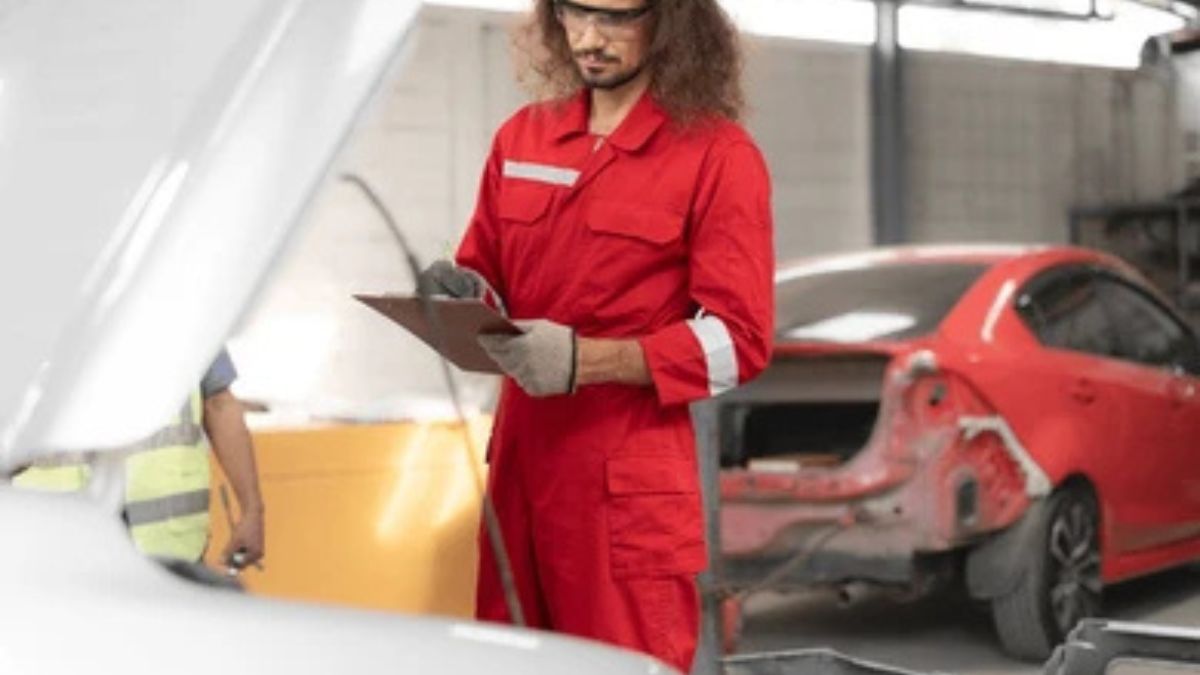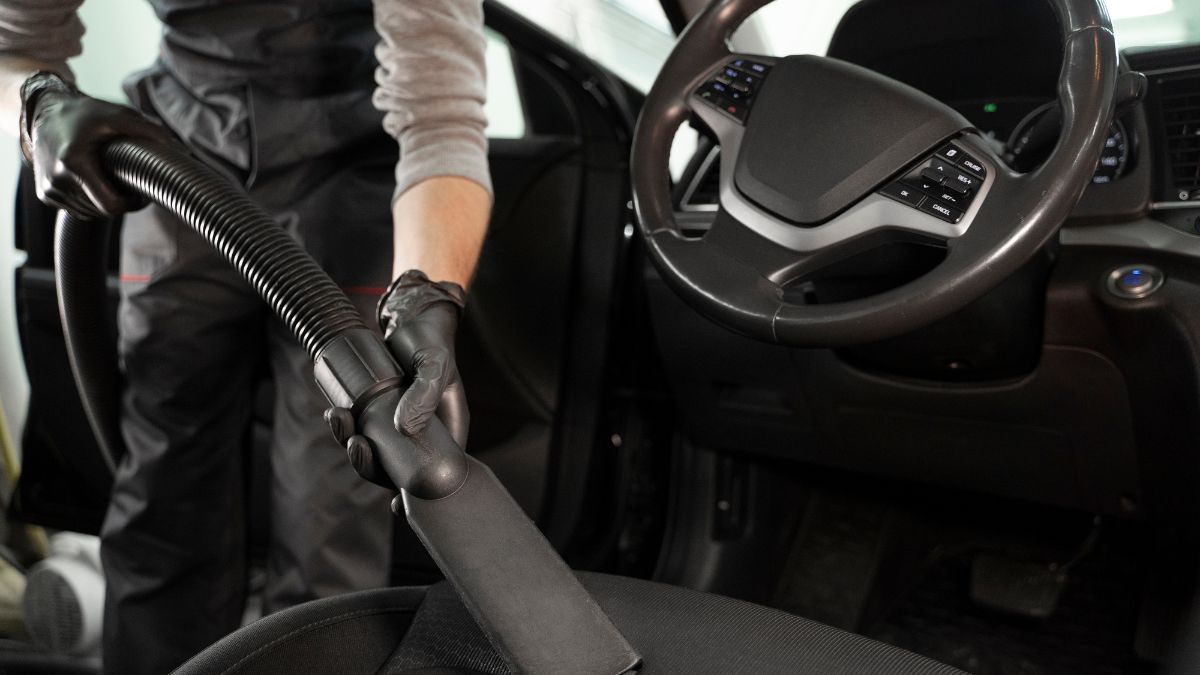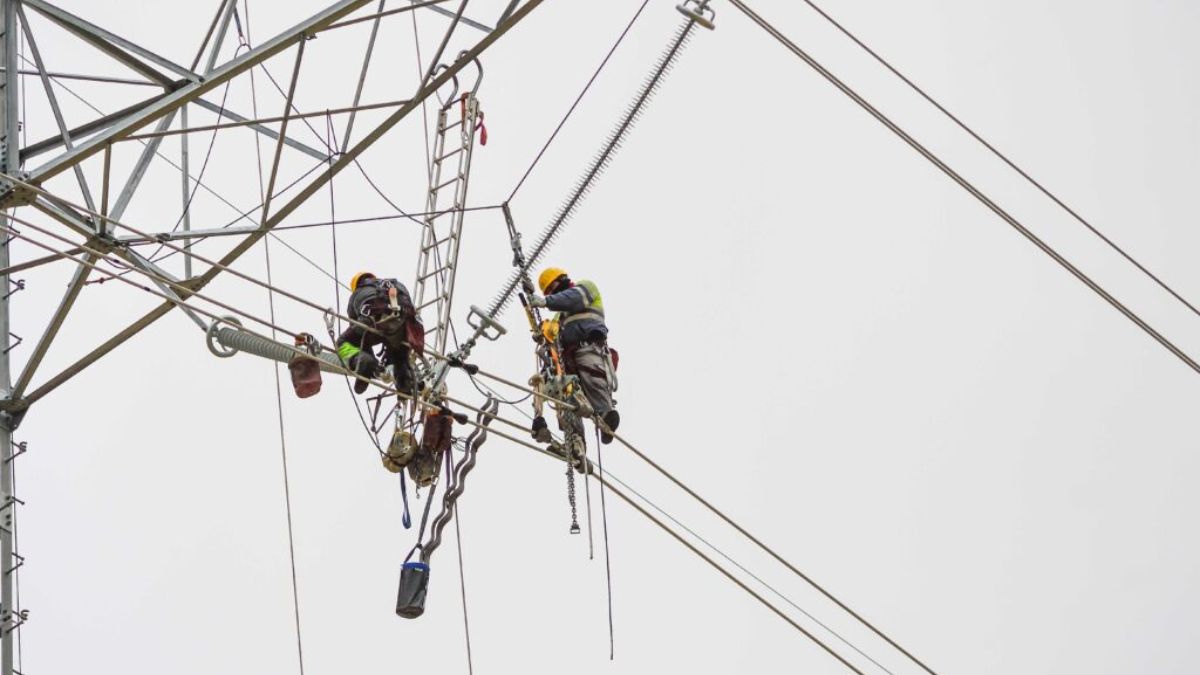A garage is more than just a place to park your car; it’s a storage space, a workshop, or even an extension of your living area. To keep it functional and in good condition, regular maintenance is key. Proper upkeep not only ensures safety but also extends the lifespan of the space. Here are some top tips for regular garage maintenance to help you make the most of this valuable part of your home.
1. Inspect and Maintain the Garage Door
The garage door is often the most used entryway in a home, making it crucial to keep it in top shape. Begin by inspecting the door’s hardware, such as springs, cables, rollers, and hinges, for signs of wear and tear. Lubricate moving parts regularly with a silicone-based spray to ensure smooth operation and prevent rusting.
Test the door’s balance by disconnecting the opener and manually lifting the door halfway. If it doesn’t stay in place, the springs may need adjustment by a professional. Additionally, check the automatic reverse feature by placing a small object in the door’s path. If it doesn’t reverse upon contact, the sensors may need realignment or replacement.
2. Maintain the Garage Floor
Garage floors endure a lot, from dirt and oil to chemicals and heavy equipment, which can take a toll over time. To maintain its condition, it’s important to sweep the floor regularly to clear away dirt and debris. Address spills immediately, especially oil or chemical leaks, to avoid stains and long-term damage—using a degreaser or a mixture of baking soda and water can help with tougher stains.
To protect the concrete from future wear, consider applying an epoxy coating or a floor sealant. These treatments enhance the durability of the floor while also adding a non-slip surface and a polished look. Routine resealing can further increase the floor’s longevity. If you’re in the Salt Lake City area, garage floor resurfacing services can help you achieve a like-new finish, providing a professional-grade solution for restoring and protecting your garage floor.
3. Inspect and Replace Weatherstripping
Weatherstripping around the garage door helps to seal out drafts, pests, and moisture. Over time, it can wear down or crack, leading to air leaks and increased energy costs. Inspect the weatherstripping every few months for signs of damage and replace it if necessary.
Proper weatherstripping not only keeps the garage comfortable during temperature changes but also helps protect items stored inside from humidity and dust. When replacing, choose a high-quality rubber or vinyl weatherstrip for maximum durability.
4. Check the Garage’s Insulation and Ventilation
A well-insulated and ventilated garage ensures energy efficiency and prevents moisture buildup that can lead to mold growth. Check the insulation on the walls and the garage door for any gaps or areas where it may have deteriorated. Upgrading to higher-quality insulation can significantly improve temperature regulation.
Ventilation is equally important, especially if you use your garage as a workshop or for projects that involve chemicals or fumes. Make sure there are vents to allow proper airflow and consider installing a ceiling fan or exhaust fan to enhance circulation.
5. Organize and Declutter Regularly
A cluttered garage can be a safety hazard and make maintenance tasks more difficult. Take time every few months to declutter the space and organize your belongings. Use shelving units, wall-mounted racks, and storage bins to keep items off the floor and neatly arranged.
Consider creating designated areas for tools, gardening equipment, automotive supplies, and seasonal items. This will not only keep the space tidy but also make it easier to find what you need when you need it.
6. Test Smoke Detectors and Carbon Monoxide Alarms
If your garage is attached to your home, it’s crucial to have working smoke detectors and carbon monoxide alarms installed. Test these devices monthly to ensure they are functioning properly and replace batteries as needed.
Since garages often contain vehicles, power tools, and other potential fire hazards, having functioning alarms can be lifesaving in an emergency. To maintain reliability, replace any alarm units that are over 10 years old.
7. Examine Garage Windows and Doors for Security
Check windows and side doors for any signs of damage or wear, such as cracks in the glass, rotting frames, or rusted locks. Secure all entry points by ensuring locks are in good working condition and installing security bars or grilles if needed.
Garage security is especially important if it contains valuable equipment or is connected to your home. Installing motion-sensor lights or a security camera can further enhance safety.
8. Service the Garage Door Opener
Garage door openers require regular servicing to ensure they function properly. Check the opener’s manual for maintenance recommendations, which may include lubricating the drive chain or screw, tightening loose bolts, and replacing the batteries in the remote control.
If the garage door opener is over 10-15 years old, consider upgrading to a newer model with enhanced security features like rolling code technology, which changes the access code each time the remote is used to prevent break-ins.
9. Control Moisture and Pests
Moisture can lead to mold growth and structural damage, while pests can cause various issues, from gnawing on wires to contaminating stored items. Use a dehumidifier to control moisture levels and seal any gaps where pests could enter. Regularly inspect for signs of pests, such as droppings or chewed materials, and address any problems promptly.
In Conclusion
Regular garage maintenance is essential for extending its lifespan and maintaining its functionality. By inspecting, cleaning, and organizing this space, you can prevent costly repairs and ensure it remains a safe and useful part of your home for years to come. Prioritize these tips, and your garage will continue to serve you well.









